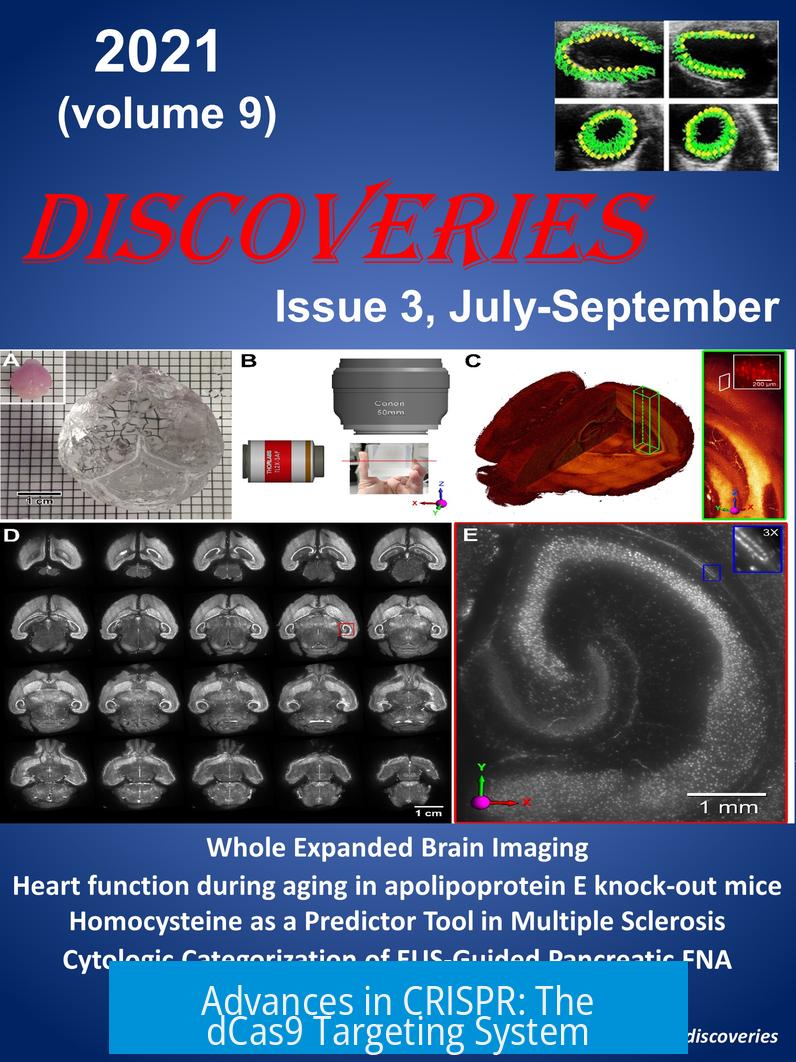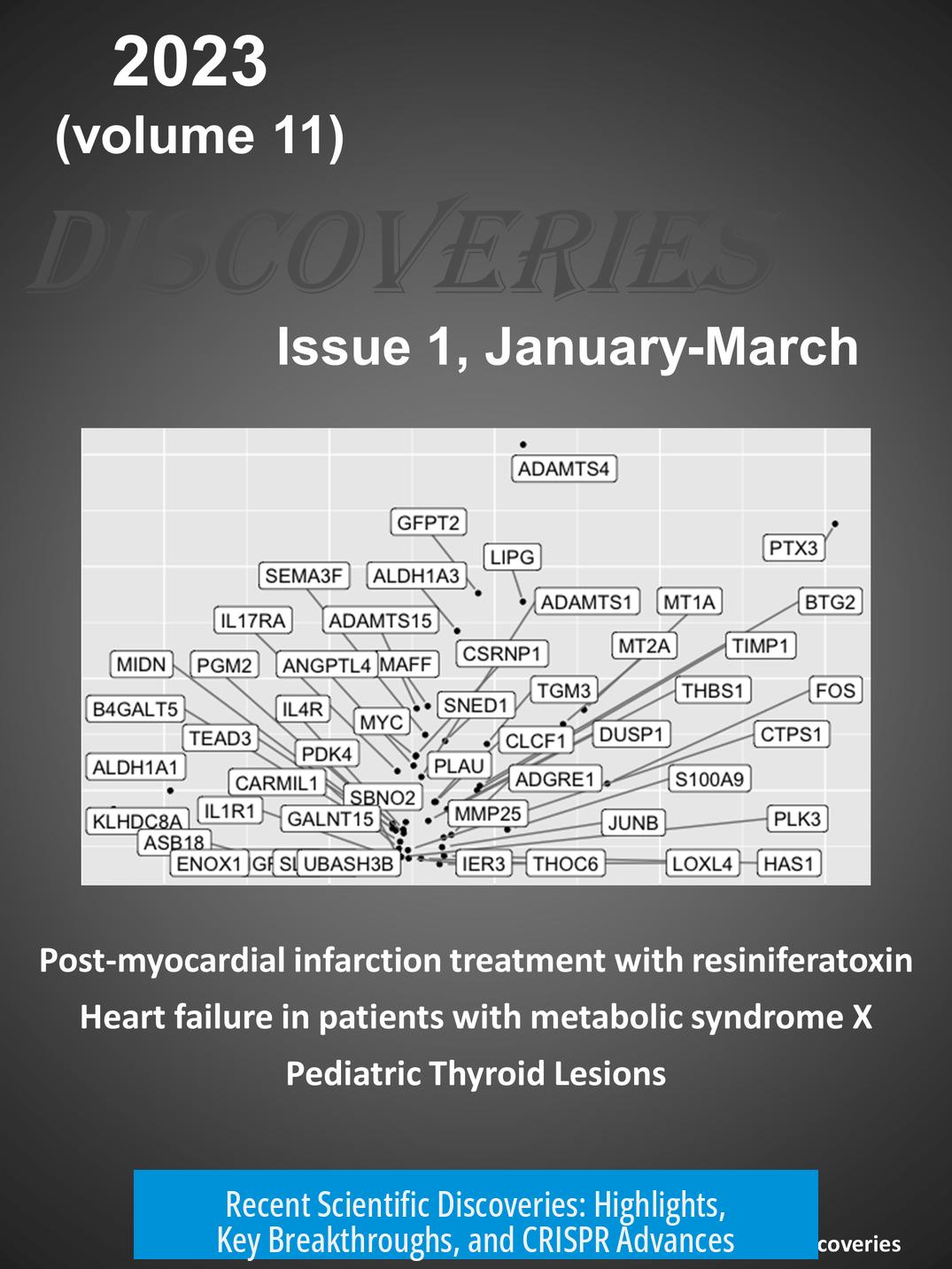Recent Discoveries in Science: Key Highlights and Advances

Recent discoveries include major advances such as CRISPR technology improvements, CAR-T therapies, protein structure prediction, and the targeting of difficult proteins like KRAS. These breakthroughs significantly impact research and clinical applications across biology and medicine.
Recommended Sources to Stay Updated
To keep current on recent discoveries, reliable sources include the front matter sections of journals like Science and Nature. Both publish annual summaries of the most important scientific advances. Additionally, the New York Times science section offers accessible updates on breakthrough research. Regular reading of these outlets benefits aspiring scientists and professionals alike.
Key Recent Scientific Breakthroughs
- CRISPR Technology: Expanded beyond gene editing to novel applications.
- CAR-T Cell Therapies: Targeted treatments for cancer showing promising clinical results.
- Protein Structure Prediction: Computational methods improving understanding of protein functions.
- Druggable KRAS: Progress tackling previously “undruggable” cancer targets.
Advances in CRISPR: The dCas9 Targeting System

A notable innovation is the use of dead Cas9 (dCas9) as a targeting platform. Unlike the active Cas9 nuclease that cuts DNA, dCas9 can localize specific proteins, such as transcriptional activators or repressors, to precise gene promoters without cutting DNA.
Benefits of dCas9 over Traditional Methods
- Preserves post-transcriptional regulation and native protein function.
- Less disruptive than siRNA-based knockdowns that reduce expression more aggressively.
- Allows nuanced gene expression control by targeting transcription factors directly.
Implications and Applications
The dCas9 system illustrates how CRISPR innovations offer flexible tools beyond editing. This platform enables precise gene regulation with minimal off-target effects. Such adaptability holds great promise, opening doors to research repurposing and therapeutic development.
Summary of Key Takeaways
- Major discoveries include CRISPR, CAR-T therapies, and addressing difficult targets like KRAS.
- Reliable updates come from journals Science, Nature, and media like the NY Times.
- dCas9 expands CRISPR utility by allowing targeted gene regulation without DNA cleavage.
- This system offers less intrusive and more precise control than some gene silencing methods.
1. Where can I find regular updates on recent scientific discoveries?
The front matter sections of journals like Science and Nature are great for staying current. The New York Times science section also provides frequent updates. Both Science and Nature release annual lists of top discoveries.
2. What are some recent key scientific breakthroughs?
Recent breakthroughs include advances in CRISPR gene editing, CAR-T cell therapy, improvements in protein structure prediction, and targeting the KRAS protein for drug development.
3. How is dCas9 used in CRISPR technology?
dCas9 acts as a targeting system to direct transcriptional activators or inhibitors to specific gene promoters. This allows control over gene expression without cutting DNA.
4. What advantages does the dCas9 system have over other gene regulation methods?
dCas9 preserves post-transcriptional regulation and protein function better than methods like siRNA. It is less intrusive and allows fine-tuned gene control.
5. Why is the dCas9 approach important for genetic research?
This method opens new ways to repurpose CRISPR proteins creatively. It represents just the beginning of exploring genetic control techniques using CRISPR offshoots.





Leave a Comment